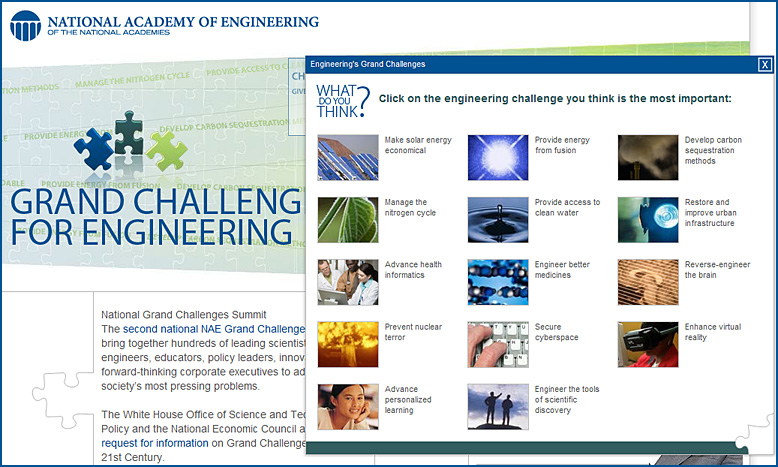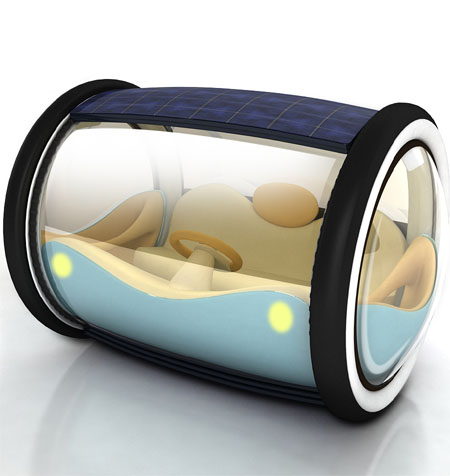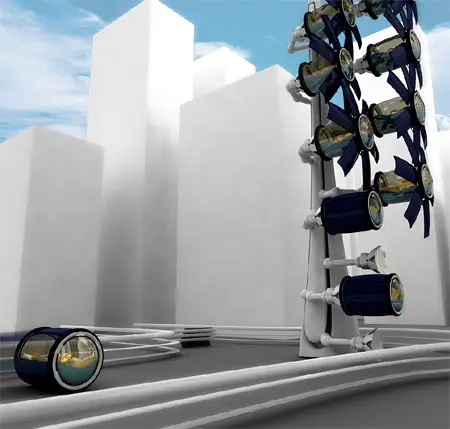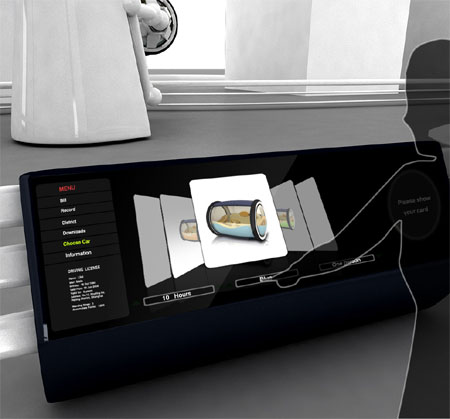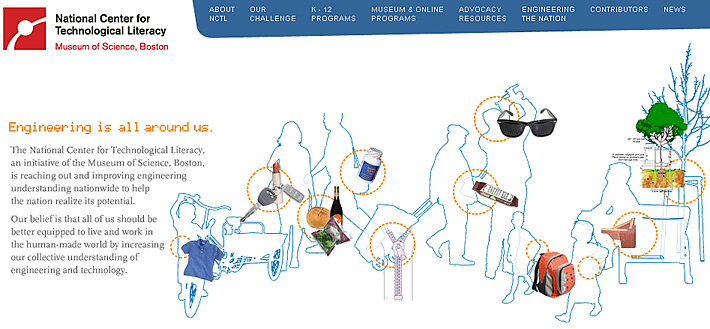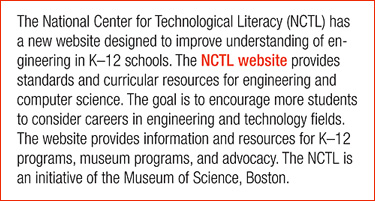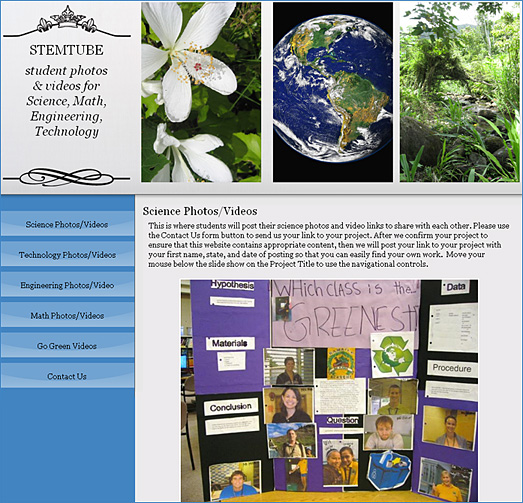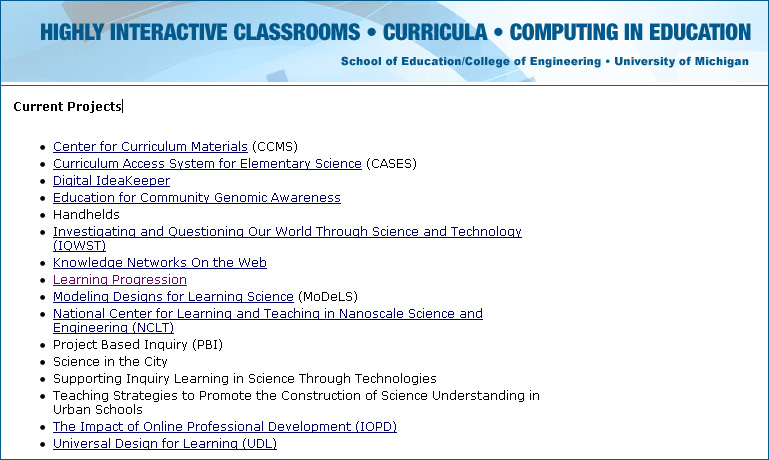
Lake Erie Becomes Site for GE’s First Ever Freshwater Wind Farm in the U.S.
— from FastCompany.com by Addy Dugdale
Academy & Industry Research Collaboration Center ( AIRCC ) is a non profit organization promoting science & engineering research worldwide with out any discrimination. It’s acting as a bridge between young and experienced professionals through series of activities such as workshops, conferences and journals etc.
AIRCC depends on researchers, academicians and corporate support for bridging relationships with existing scientific & engineering organizations and customizing relationships with standard bodies. The main purpose of this forum is to promote new research and applications in the field of Computer science & Engineering and allied fields.
- International Journal of Network Security & Its Applications ( IJNSA )
- International journal of Computer Networks & Communications ( IJCNC )
- International Journal of Wireless & Mobile Networks ( IJWMN )
- International Journal of Computer Science & Information Technology ( IJCSIT )
- The International Journal of Multimedia & Its Applications ( IJMA )
- Journal on Applications of Graph Theory in Wireless Ad hoc Networks and Sensor Networks ( J GRAPH-HOC )
- International Journal of Managing Information Technology ( IJMIT )
- International Journal of Database Management Systems ( IJDMS )
- International Journal of Next-Generation Networks ( IJNGN )
- International Journal of Software Engineering & Applications ( IJSEA )
- International Journal of Artificial Intelligence & Applications ( IJAIA )
- Signal & Image Processing : An International Journal ( SIPIJ )
- International Journal of Grid Computing & Applications ( IJGCA )
- International Journal of UbiComp ( IJU )
- International Journal of Web & Semantic Technology ( IJWesT )
- International Journal of Ad hoc, Sensor & Ubiquitous Computing ( IJASUC )
- International Journal on Web Service Computing ( IJWSC )
Learning technologies in engineering education — Tony Bates
Regular readers will know that I believe that ‘real’ engineering is one of the tougher areas for e-learning, because of the need for hands-on experience with equipment and materials (see ‘Can you teach ‘real’ engineering at a distance?’). Simulations and animations are obvious uses, but often expensive and difficult to develop.
So I was interested to see that Engineering Education, Volume 4 Issue 2, has a special edition devoted to learning technologies in engineering education. One nice feature is that the authors of the articles have made short videos to accompany their papers.
There are six articles and three case studies, as follows…









